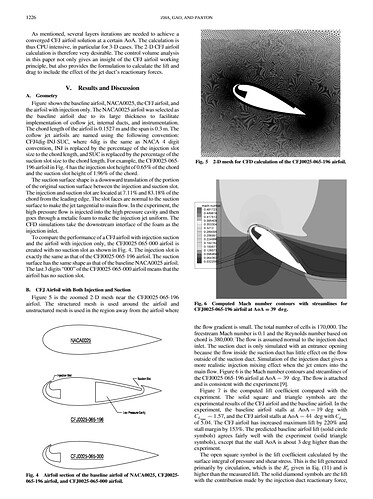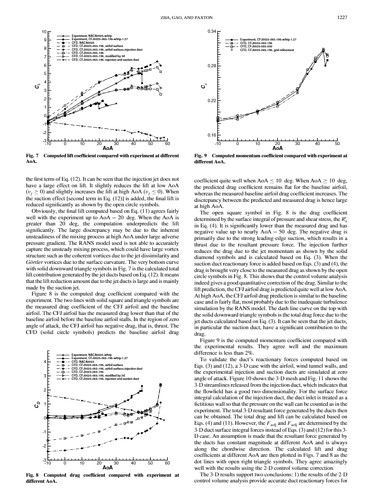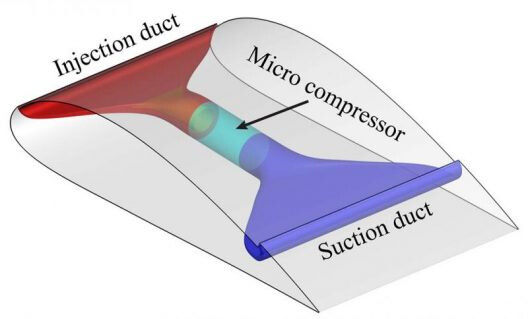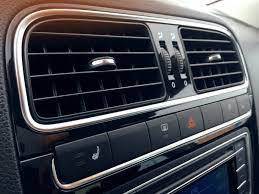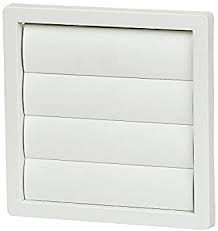What are Co-Flow Jets (CFJ)?
BAIBHAV TILAK AND PROF. T. K. JINDAL
Department of Aerospace Engineering, Punjab Engineering College, Chandigarh, India
Department of Aerospace Engineering, Punjab Engineering College, Chandigarh, India
ABSTRACT
This paper demonstrates the impact of Co Flow Jets (CFJ) on airfoil performance. CFJ airfoils are an active airfoil performance enhancing method which uses injection and suction on the airfoil leeward side. Our research shows that better lift augmentation, higher stall angle and drag reduction is achieved when the injection point of the jet is located close to the point of maximum thickness. This method provides superior performance compared to passive augmenting methods and can be integrated with unified jet-based lift and thrust systems. We analyzed CFJ airfoils based on NACA 2414 by varying location of injection slots on the airfoil. It is essential to give the basic theory behind the working of this performance improvement methodology and to perform 2-D steady Computational Fluid Dynamics (CFD) simulations of the various CFJ airfoils at low speed. The lift, drag and jet momentum coefficients have been obtained from the CFD data and are used to compare the airfoils in this study. The location of the injection slot location is varied to compare performance.
What Co-Flow Jets (CFJ) intend to do? Going towards super-lift coefficients such as those specified on:
Are there some experiments of Cow-Flow Jets? Below is a paper whose figures 7 and 8 compare experiments with computed lift and drag coefficients (CL and CD).
Jet Effects on Coflow Jet Airfoil Performance
Below:
Fig.7 Computed lift coefficient compared with experiment at different AoA
Fig.8 Computed drag coefficient compared with experiment at different AoA
See also:
And:
Why Co-Flow Jets could be interesting for AWES? Let us imagine an airfoil with a lift coefficient (CL) of 8 and a lift to drag ratio of even only 10 without the tether drag, knowing that efficiency is related to CL (CL/CD)²…
